Flea Dirt on Dogs: What It Is, How to Spot It, and How to Get Rid of It
Flea dirt, or flea feces, appears as tiny, dark specks on your dog, resembling black pepper. It’s a sign of an active flea infestation. Fleas can cause allergies, skin infections, anemia, and spread diseases like Bartonella. Check your dog’s neck, ears, and tail base for flea dirt, which turns reddish-brown when moistened.
Prompt treatment with topical solutions, oral medications, and flea collars is essential. Regular grooming and vacuuming help prevent infestations. This blog will explain how to spot and eliminate flea dirt to protect your dog.
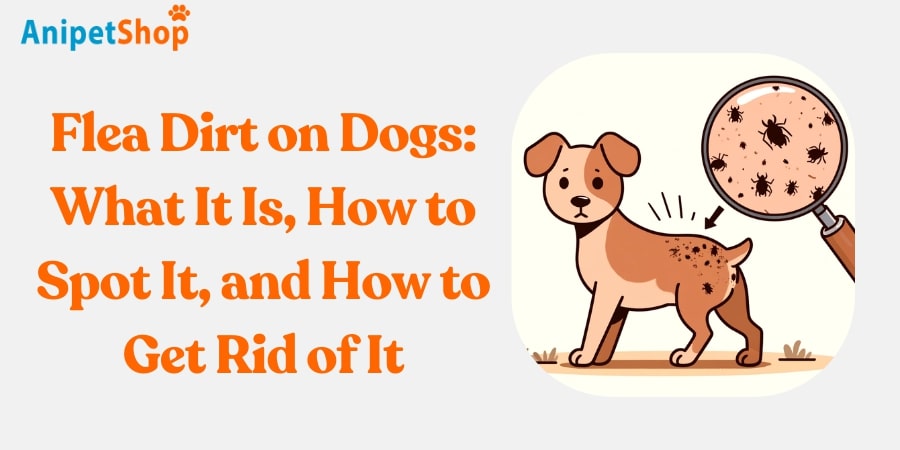
What is Flea Dirt and How Does It Look Like?
Flea dirt, also known as flea feces, has a distinct appearance that can help pet owners identify it on their dogs. It is characterized by tiny, dark specks resembling ground pepper or dirt. These specks may be scattered throughout your dog’s fur or concentrated in specific areas.
When examining flea dirt, you may notice that it appears slightly reddish-brown when it comes into contact with moisture. This change in color is due to the presence of digested blood within the flea dirt. Fleas feed on your dog’s blood, and as they digest it, the waste they excrete contains partially digested blood. When flea dirt becomes damp, the reddish-brown color becomes more apparent, distinguishing it from regular dirt or debris.
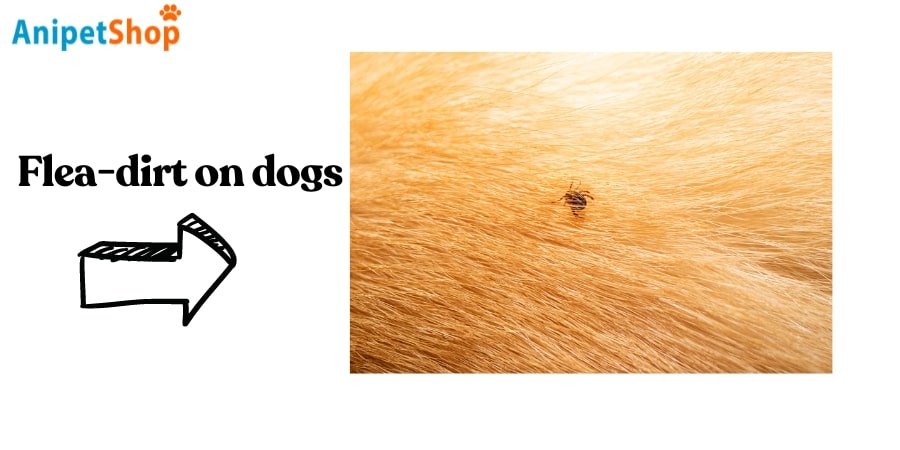
It’s important to note that flea dirt differs from regular dirt or debris that may accumulate on your dog’s coat. Regular dirt can be brushed or wiped away easily, while flea dirt clings to the fur and skin. If you’re unsure whether the specks you’ve discovered are flea dirt, you can perform a simple test by placing a few specks on a damp white paper towel or tissue. If the specks dissolve into reddish-brown stains, it confirms the presence of flea dirt containing digested blood.
Recognizing the appearance of flea dirt is a crucial step in identifying a flea infestation on your dog. Studies have shown that fleas can consume up to 15 times their body weight in blood daily, highlighting the importance of early detection. According to the Centers for Disease Control and Prevention (CDC), fleas are carriers of various diseases, including Bartonella (Cat Scratch Fever) and Rickettsia (typhus), posing significant health risks.
How To Spot Flea Dirt on Your Dogs
Flea dirt, or flea feces, appears as tiny, dark specks on your dog’s fur, resembling ground pepper or dirt. To identify flea dirt on your dog, follow these steps:
- Check Common Areas: Fleas tend to concentrate in specific areas such as the neck, behind the ears, the base of the tail, and the groin area. Part your dog’s fur in these areas to look for tiny, dark specks.
- Use a Flea Comb: A flea comb has fine teeth that can catch fleas and flea dirt. Comb through your dog’s fur, especially in the common areas mentioned above. Examine the comb for dark specks.
- Moist Paper Towel Test: To distinguish flea dirt from regular dirt, place a few specks on a damp white paper towel or tissue. If the specks dissolve into reddish-brown stains, it confirms the presence of flea dirt, indicating digested blood.
- Monitor for Symptoms: Dogs with flea infestations often exhibit signs of discomfort, such as excessive scratching, biting, or licking of the skin. Hair loss and red, irritated skin can also be indicators of fleas.
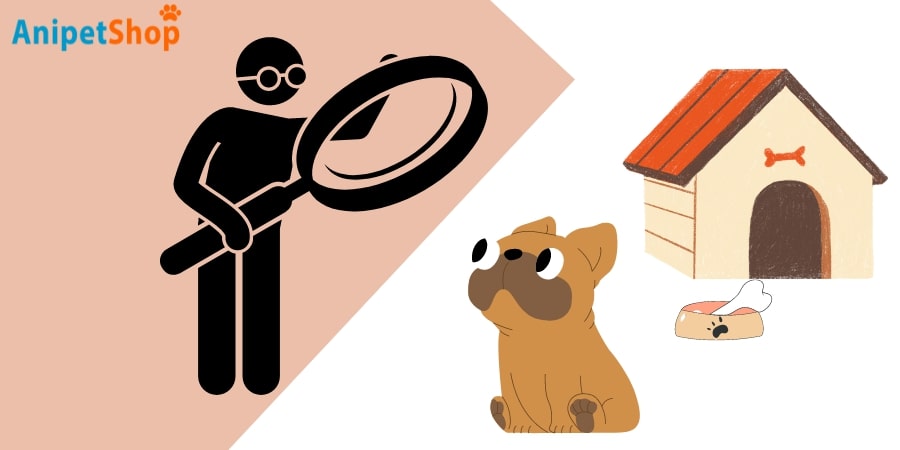
Where to Find Flea Dirt on Your Dog
Flea dirt can be found in various areas on your dog’s body. While there are common areas where flea dirt is often found, it’s important to note that fleas can move around, so that flea dirt can be present anywhere on your dog. Here are some common areas to check for flea dirt on your dog:
- The base of the tail: Fleas tend to congregate in this area, so it’s a familiar spot to find flea dirt.

- Groin area: Fleas often seek warm and protected areas, so check around your dog’s groin for flea dirt.
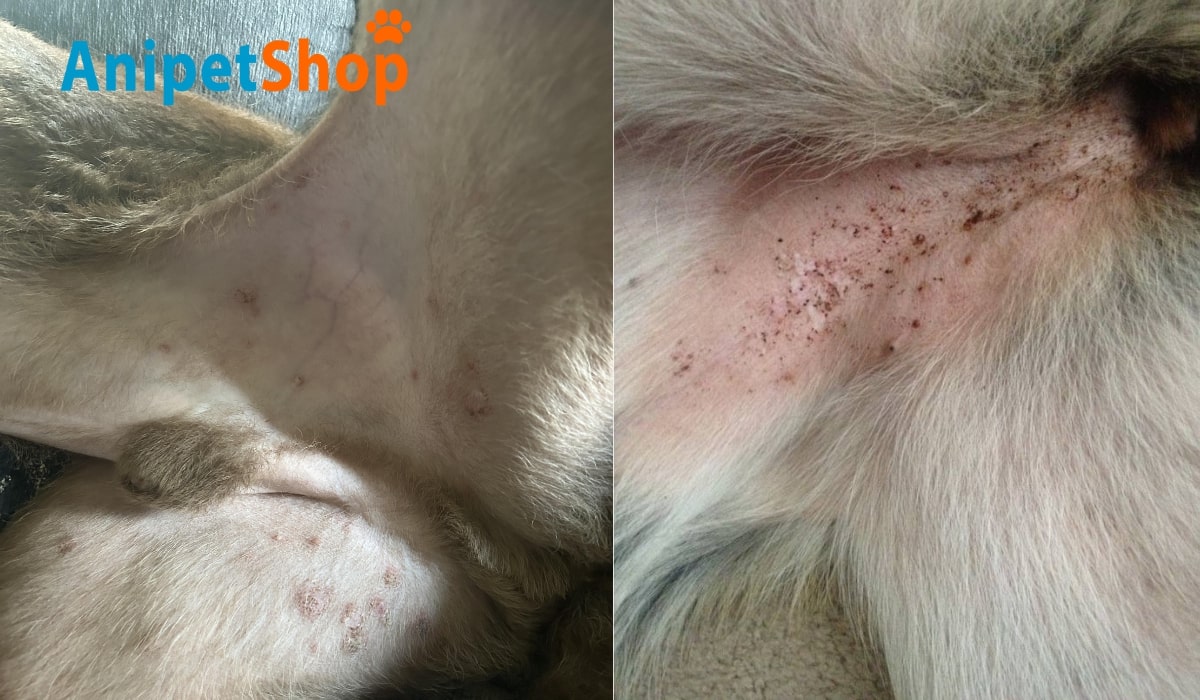
- Belly: Lift your dog’s belly and inspect for flea dirt; fleas may leave droppings in this area.
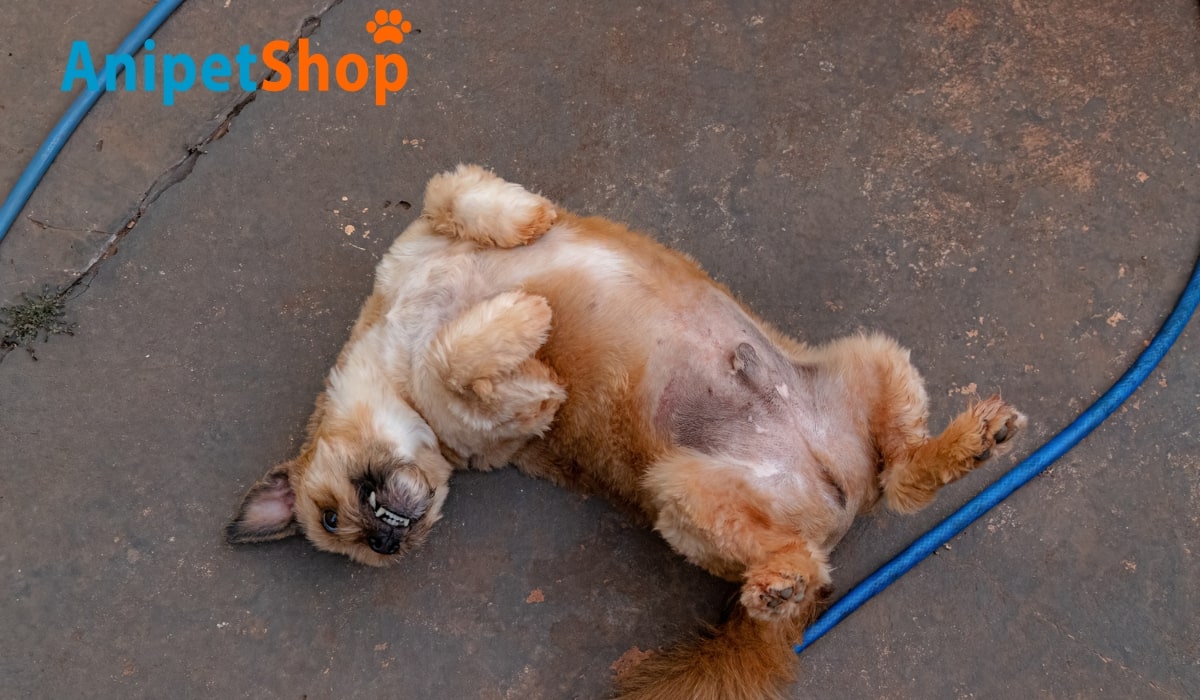
- Behind ears: Fleas can hide behind your dog’s ears, so carefully check this area for any signs of flea dirt.

While these areas are more likely to have flea dirt, remember that fleas can also move and infest other parts of your dog’s body. It’s essential to thoroughly check your dog’s entire body, including their legs, back, and neck, for any signs of flea dirt.
How to Get Rid of Flea Dirt on Your Dog
Addressing the underlying flea infestation is essential to eliminate flea dirt on your dog. It may take time and multiple treatments to eliminate fleas and flea dirt. Regular monitoring and preventive measures will help prevent future infestations. Here are steps you can take to eliminate flea dirt:
Thorough Bath
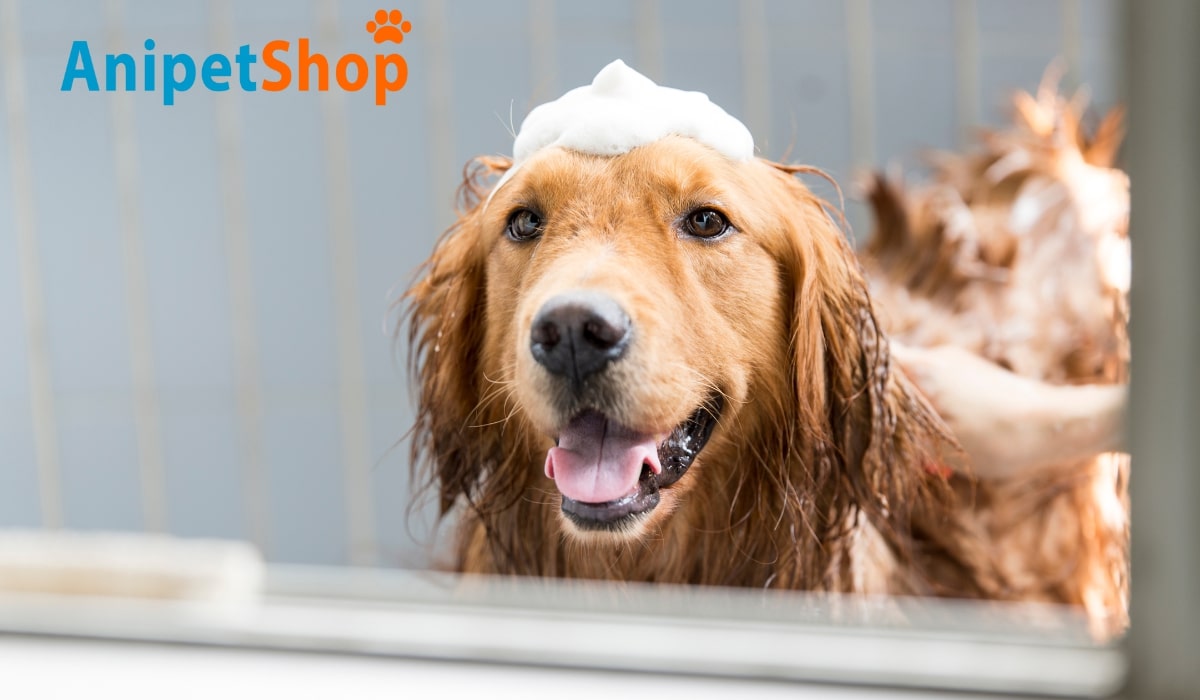
Giving your dog a thorough bath using ordinary pet shampoo can help wash off flea dirt from their fur. While it may not kill the fleas, it is essential for managing flea dirt and maintaining your dog’s cleanliness. Flea dirt clings to fur, so use pet shampoo and lather thoroughly. Rinse well to remove all dirt.
Bathing can temporarily relieve itching and irritation caused by flea bites. The water and shampoo soothe the skin and alleviate discomfort. Regular bathing helps maintain overall hygiene, removes dirt, debris, and odors, and reduces the risk of secondary skin infections.
Pet shampoos can wash away flea dirt but typically do not kill fleas. Use veterinarian-approved flea shampoos or topical treatments formulated to kill fleas and their eggs. Combining bathing with appropriate flea control measures, like treatments and environmental management, is necessary to break the flea life cycle.
Flea Comb

A flea comb is a specialized comb with closely spaced teeth designed to catch and remove fleas and dirt from your dog’s fur. It can be used during or after the bath to help eliminate fleas and their debris. Here’s how a flea comb can assist in the removal of fleas and flea dirt:
- Trapping adult fleas: The fine teeth of a flea comb are designed to catch adult fleas as you comb through your dog’s fur. The comb’s teeth are close enough together to trap the fleas, preventing them from escaping. This lets you physically remove the live fleas from your dog’s coat.
- Removing flea dirt: Flea dirt is the feces of fleas, which consists of digested blood. It often appears as tiny black specks on your dog’s skin and fur. The teeth of a flea comb can help dislodge and remove these particles. As you comb through your dog’s fur, the teeth catch the flea dirt, allowing you to clear it away from your dog’s coat.
- Checking for remaining fleas: After bathing your dog, using a flea comb allows you to check for any remaining live fleas that may have survived the bath. You can detect and capture fleas not eliminated during bathing by combing through your dog’s fur.
- Monitoring flea infestations: Flea combs are also helpful in monitoring the presence of fleas on your dog. Even if you don’t find live fleas, flea dirt on the comb can indicate an ongoing infestation or the need for further flea control measures.
When using a flea comb, it’s important to comb your dog’s entire body, paying particular attention to areas where fleas tend to hide, such as around the neck, behind the ears, and in the groin area. Dip the comb in a bowl of soapy water between each pass to drown any captured fleas and prevent them from escaping.
While a flea comb can help physically remove fleas and flea dirt, it may not be sufficient as a standalone solution for a severe flea infestation. Combining a flea comb with other flea control methods, such as treatments and environmental management, is recommended for comprehensive flea control.
Veterinarian-Recommended Flea Treatment
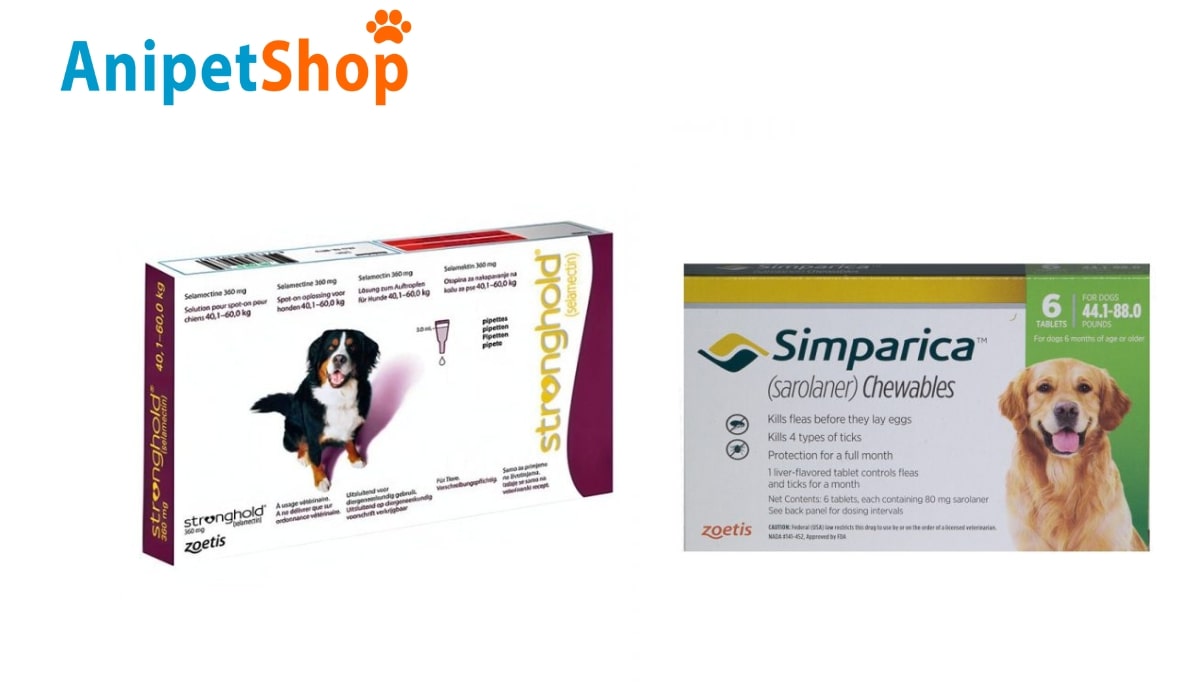
To address the core issue of flea dirt, it is necessary to use a proper flea preventive and treatment method. Anipetshop offers a range of high-quality flea dirt medications, such as Stronghold, Simparica, etc., that you can find on their website. These products have been carefully selected from trusted brands and can keep your pet healthy and happy.
If you’re dealing with flea dirt issues, trust Anipetshop to provide accurate preventive and treatment products to eliminate the root problem. Explore their range of products on their website and choose the most suitable for your pet. Anipetshop is committed to delivering high-quality products at affordable prices while ensuring you can access the resources and support needed to care for your pet.
Getting Rid of Flea Dirt in Your Home

Getting rid of flea dirt in your home is crucial to prevent reinfestation of your dog. Here are some practical measures you can take:
- Vacuum thoroughly: Use a vacuum cleaner to thoroughly clean your home, paying attention to areas where your dog spends time. Vacuum carpets, rugs, furniture, and other surfaces where flea dirt may have accumulated. Dispose of the vacuum bag or empty the canister in a sealed plastic bag to prevent fleas from reinfesting your home.
- Wash pet bedding in hot water: Fleas and their eggs can hide in your pet’s bedding, so washing them in hot water is essential. The high temperature will help kill fleas, larvae, and eggs. Use a pet-safe detergent and dryer heat, if possible, to ensure thorough cleaning.
- Clean and treat other surfaces: Clean and treat other surfaces that your dog comes into contact with, such as blankets, pillows, and any fabric-covered furniture. Hot water washing or steam cleaning can help eliminate fleas and their debris.
- Consider environmental insecticide treatment: In severe infestations, you may need environmental insecticide treatments to eliminate fleas from your home. Consult with your veterinarian or a pest control professional for guidance on choosing the appropriate products and applying them safely. Follow the instructions carefully and take precautions to protect yourself, your pets, and the environment.
- Pay attention to outdoor areas: Fleas can also be present in outdoor areas where your dog spends time. Keep your yard clean by regularly removing debris and mowing the grass short. Consider using outdoor flea control products recommended by your veterinarian to reduce the flea population in your yard.
Remember, addressing flea dirt in your home is essential to comprehensive flea control. By eliminating fleas and their eggs from your living environment, you can help prevent reinfestation of your dog and break the flea life cycle.
What if I see flea dirt but no fleas?
Female fleas are the primary source of flea filth and droppings. Male fleas also swallow your dogs’ blood and leave flea filth behind, though not in the exact quantities. A female flea can gain nearly twenty times her body weight, causing severe blood loss in your dog or cat. It adds up if there are a lot of female fleas feeding on your cat at the same time. If you notice little black spots on your pet, this means he or she has fleas. Many pet parents believe their fur babies cannot have fleas since they have taken precautions. Fleas, however, reproduce at an astonishing rate, so even if you’ve employed every flea control treatment available, you’ll need to repeat them after a few months. Fleas can lay thousands of eggs, and flea medicines, collars, shampoos, and powders are ineffective in eliminating them.
The Dangers of Flea Dirt.
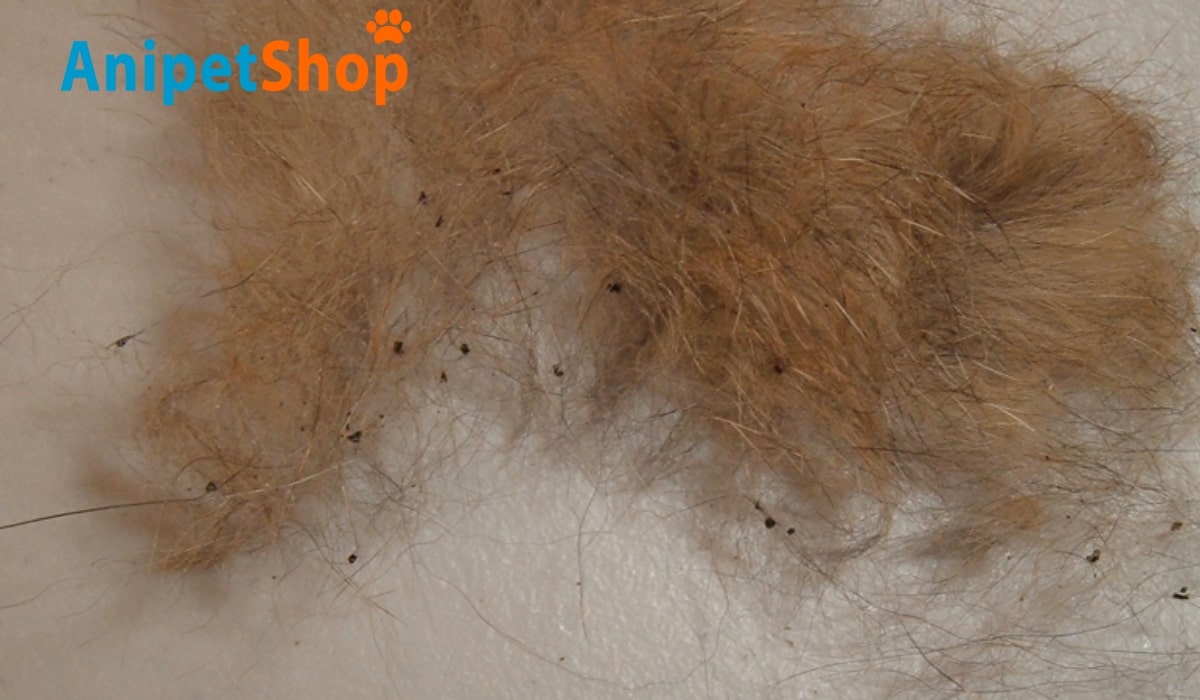
Flea dirt poses several dangers and risks to your dog’s health. Here are some critical risks associated with flea dirt:
- Active flea infestation: The presence of flea dirt indicates that fleas are actively feeding on your dog. Fleas bite and suck blood from their hosts, including your dog, which can lead to itchiness, skin irritation, and discomfort for your pet. Persistent scratching and biting at flea-infested areas can also cause secondary skin infections.
- Allergic reactions: Some dogs are allergic to flea saliva, and even a few flea bites can trigger an allergic reaction known as flea allergy dermatitis (FAD). FAD can cause intense itching, redness, inflammation, and hair loss in affected dogs. It can be a painful and distressing condition that requires veterinary attention.
- Risk of anemia: If your dog has a heavy flea infestation, the constant blood loss from flea feeding can lead to anemia, a decrease in red blood cells. Anemia can cause weakness, lethargy, pale gums, and other health complications. Puppies, small dogs, and older dogs are particularly vulnerable to the effects of anemia.
- Reinfestation from flea eggs: Flea dirt contains flea eggs, which can fall off your dog and accumulate in the environment, such as your home or yard. These eggs can hatch into larvae and develop into new fleas, leading to reinfestation of your dog. It is crucial to address the flea dirt on your dog and the environmental infestation to break the flea life cycle.
- Transmission of diseases: Fleas can carry and transmit various diseases to dogs, including tapeworms, Bartonella (causing cat scratch disease), and certain bacterial infections. If your dog ingests fleas while grooming or accidentally ingests tapeworm-infected fleas, they can become infected with these parasites or diseases.
It is crucial to take flea dirt seriously and take prompt action to eliminate fleas from your dog and their environment. Consult with your veterinarian to develop an appropriate flea control plan, including using flea treatments, practicing good hygiene, and implementing environmental flea control measures.
Preventing Flea Dirt (and Fleas)
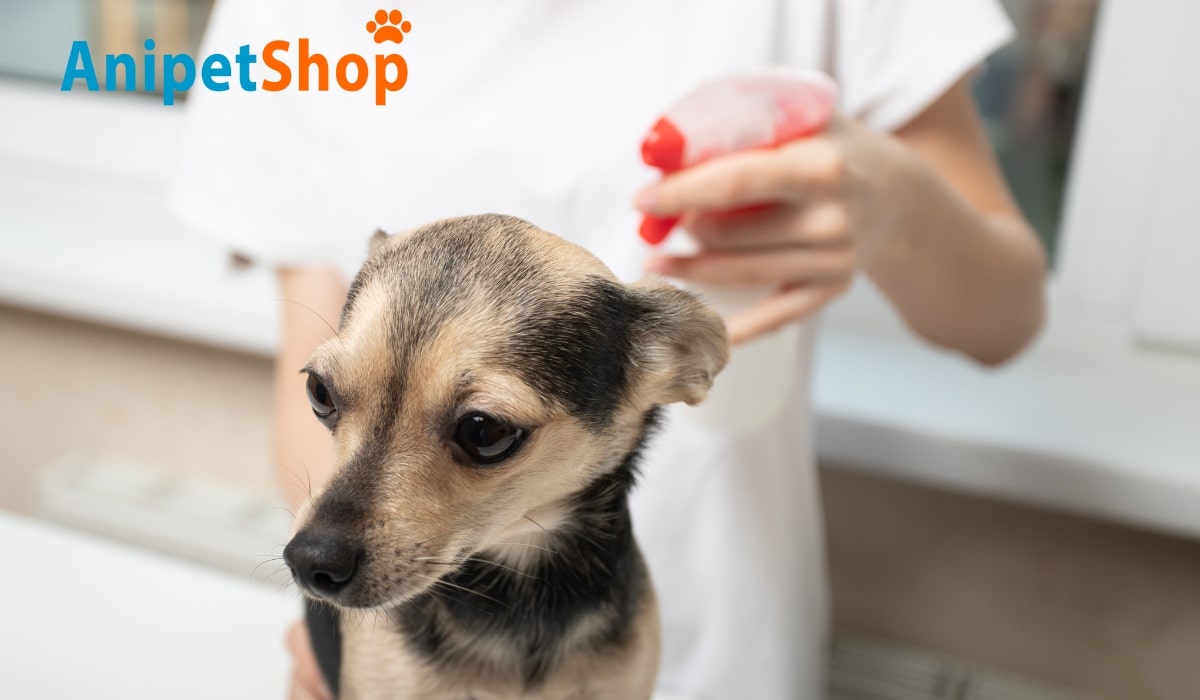
To prevent flea dirt and fleas from infesting your pet and home, it’s crucial to emphasize that year-round flea preventive medication is the best protection. Fleas can be present throughout the year, even in colder climates. By giving your pet flea preventive medication consistently, regardless of the season, you ensure continuous protection against fleas. This prevents infestations from occurring and helps keep your pet and home flea-free.
Flea preventive medications are designed to kill adult fleas and target flea eggs, larvae, and pupae. By interrupting the flea life cycle, these medications prevent the development of new fleas, reducing the risk of flea dirt and infestation. This is especially important because flea dirt consists of digested blood from adult fleas, and eliminating adult fleas alone is insufficient to prevent re-infestation.
Fleas can cause various health issues, including skin irritation, allergic reactions, anemia (especially in young or small animals), and the transmission of other parasites or diseases. Using year-round flea preventive medication safeguards your pet’s well-being and minimises the risk of these problems. Fleas can quickly spread throughout your home, infesting carpets, furniture, and bedding. Protecting your pet with flea-preventive medication reduces the likelihood of fleas entering your living space. This helps prevent the accumulation of flea dirt and the need for extensive cleaning and treatment measures.
While preventive medication is essential to flea control, choosing the right product for your pet’s needs is essential. Consult your veterinarian to determine the most appropriate flea-preventive medication based on your pet’s species, age, weight, and health condition. In addition to year-round preventive medication, maintaining good hygiene practices, such as regular bathing, grooming, and cleaning of pet bedding, can also contribute to flea prevention.
Conclusion
In conclusion, if you have discovered flea dirt on your dog or in your home, it is essential to take immediate action to treat the infestation. Anipetshop can provide the necessary flea medications to combat fleas and protect your pet effectively. By visiting our website, you can explore a variety of flea treatments and choose the one that best suits your dog’s needs. Don’t delay addressing the issue, as fleas can multiply rapidly and cause discomfort and health problems for your furry friend. Trust Anipetshop to provide you with the proper flea medications and help you maintain a flea-free environment for your pet.
FAQs
How do I get rid of flea dirt on my dog?
You must address the underlying flea infestation to remove flea dirt on your dog. Here are some steps you can take:
- Start by treating your dog with a veterinarian-approved flea treatment, such as topical spot-on treatments, oral medications, or flea collars.
- Use a fine-toothed flea comb to remove the flea dirt from your dog’s fur carefully. Dip the comb in soapy water to drown fleas or flea eggs after each pass.
- Wash your dog’s bedding, blankets, and any other materials they frequently come into contact with in hot water to kill any remaining fleas or eggs.
- Vacuum your home thoroughly, paying particular attention to areas where your dog spends time. Dispose of the vacuum bag or empty the canister to prevent fleas from reinfesting your home.
- Consider following the instructions carefully when using flea control products in your home, such as flea sprays or foggers.
Can my dog have flea dirt but no fleas?
Yes, your dog can have flea dirt even if you can’t see any live fleas on them. Flea dirt is the excrement of fleas and may remain on your dog’s fur even if they are not immediately visible. The presence of flea dirt is a strong indication of a flea infestation, and it’s essential to take appropriate measures to eliminate the fleas and prevent further infestation.
Does flea dirt mean an infestation?
Yes, the presence of flea dirt typically indicates an infestation. Flea dirt comprises flea droppings, which consist of digested blood from the host (such as your dog). If you find flea dirt on your dog, it suggests fleas are present and reproducing. It’s essential to address the infestation promptly to prevent it from worsening and causing discomfort to your dog.
Will flea dirt go away?
Flea dirt will not go away on its own. It is a sign that fleas are present and actively feeding on your dog. To eliminate flea dirt, you must eliminate the fleas from your dog and their environment. Treating your dog with appropriate flea control products, regularly cleaning and vacuuming your home, and following proper flea prevention measures can help eliminate flea dirt and prevent its recurrence.
Lily Watson is an author specializing in veterinary care in Australia. With a profound passion for animal welfare and a solid foundation in veterinary science, Lily has dedicated herself to disseminating valuable knowledge and information for both pet owners and professionals in this field.

